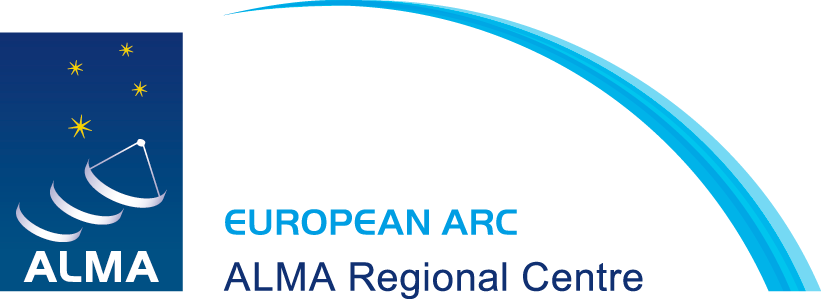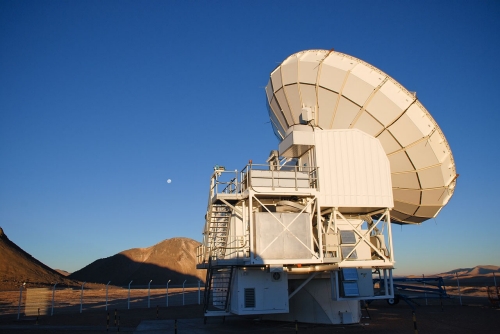The first of the new APEX facility receivers has been successfully installed at the telescope in August 2018. This new band 9 facility receiver for SEPIA records both sidebands simultaneously, with very good sideband rejection at the level of >15 dB at all frequencies (>20 dB in most cases). To test these new capabilities with real scientific observations, all APEX partners are inviting short science verification (SV) proposals (nominally a few hours, with a maximum of 5 hours).
Call for Science Verification for the new APEX SEPIA Sideband-separated Band 9 Facility Receiver
The first of the new APEX facility receivers has been successfully installed at the telescope in August 2018. This new band 9 facility receiver for SEPIA records both sidebands simultaneously, with very good sideband rejection at the level of >15 dB at all frequencies (>20 dB in most cases). This new feature duplicates the frequency coverage per tuning, adding flexibility to the design of spectral setups covering multiple lines, and reduces the noise level compared to the old double sideband receiver that was used from 2016 to 2017.
An additional improvement is the extension of the frequency range, which now allows to reach down to sky frequencies of 581 GHz, and up to 726 GHz (RF frequencies at the respective edges of the 4-8 GHz IF band). This range extends well beyond the previous one (600 to 722 GHz). Note that the atmospheric transmission in this extended frequency range requires the very best PWV conditions.
To test these new capabilities with real scientific observations, all APEX partners are inviting short science verification (SV) proposals (nominally a few hours, with a maximum of 5 hours). A joint science verification campaign will then be executed between all APEX partners in October 2018. Targets should be selected to be observable at night or during the morning (i.e. from RA~22h to RA~13h), and easily accessible from APEX (i.e. DEC<+10).
All observing time estimates should use the observing time calculators http://www.apex-telescope.org/heterodyne/calculator/index.php or
http://www.apex-telescope.org/heterodyne/calculator/otf/
Proposals for SV observations are due on Friday 28 September 12:00 CEST.
All proposals should be submitted as a single PDF file and sent to apex-garching@eso.org with "SEPIA Science Verification Proposal" in the subject line.
Note that the data for SV proposals will be released as soon as they have been verified by the instrument team. There will be no proprietary period for the PIs. Users who would like to execute larger proposals or have their results protected by a proprietary period are encouraged to submit proposals as part of the regular ESO P103 call for proposals due on 27 September.
For more details, see http://www.eso.org/sci/activities/apexsv/sepia/sepia-band-9.html
Contact:
Carlos De Breuck
Euroepan Southern Observatory
Email: cdebreuc[at]eso.org


